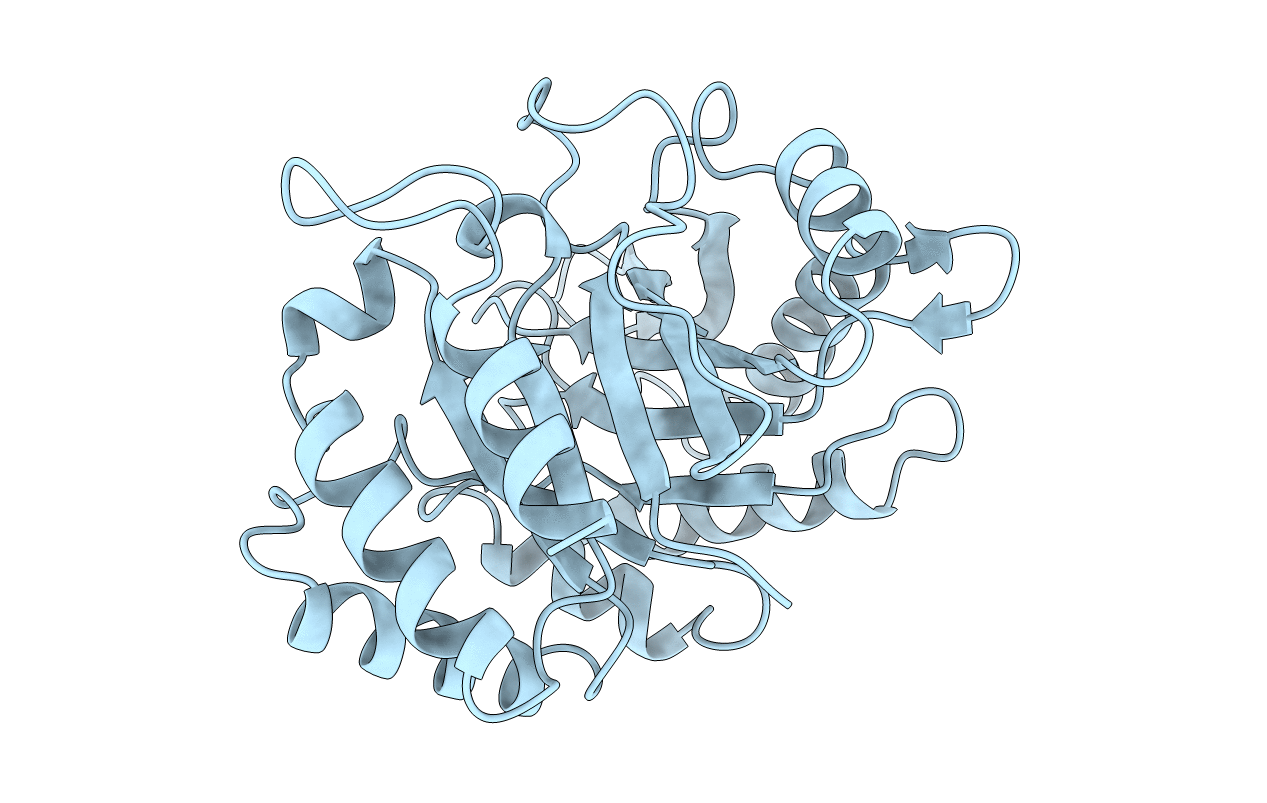
Deposition Date
1993-09-10
Release Date
1994-01-31
Last Version Date
2024-02-14
Entry Detail
PDB ID:
1NAR
Keywords:
Title:
CRYSTAL STRUCTURE OF NARBONIN REFINED AT 1.8 ANGSTROMS RESOLUTION
Biological Source:
Source Organism:
Vicia narbonensis (Taxon ID: 3912)
Method Details:
Experimental Method:
Resolution:
1.80 Å
R-Value Observed:
0.15
Space Group:
P 1 21 1


